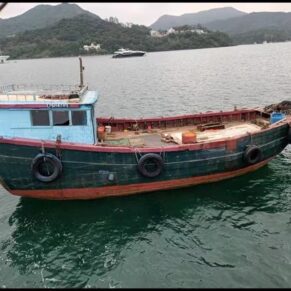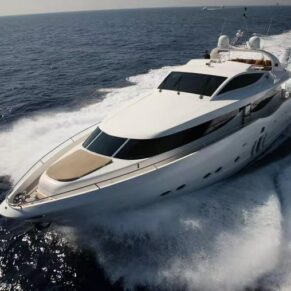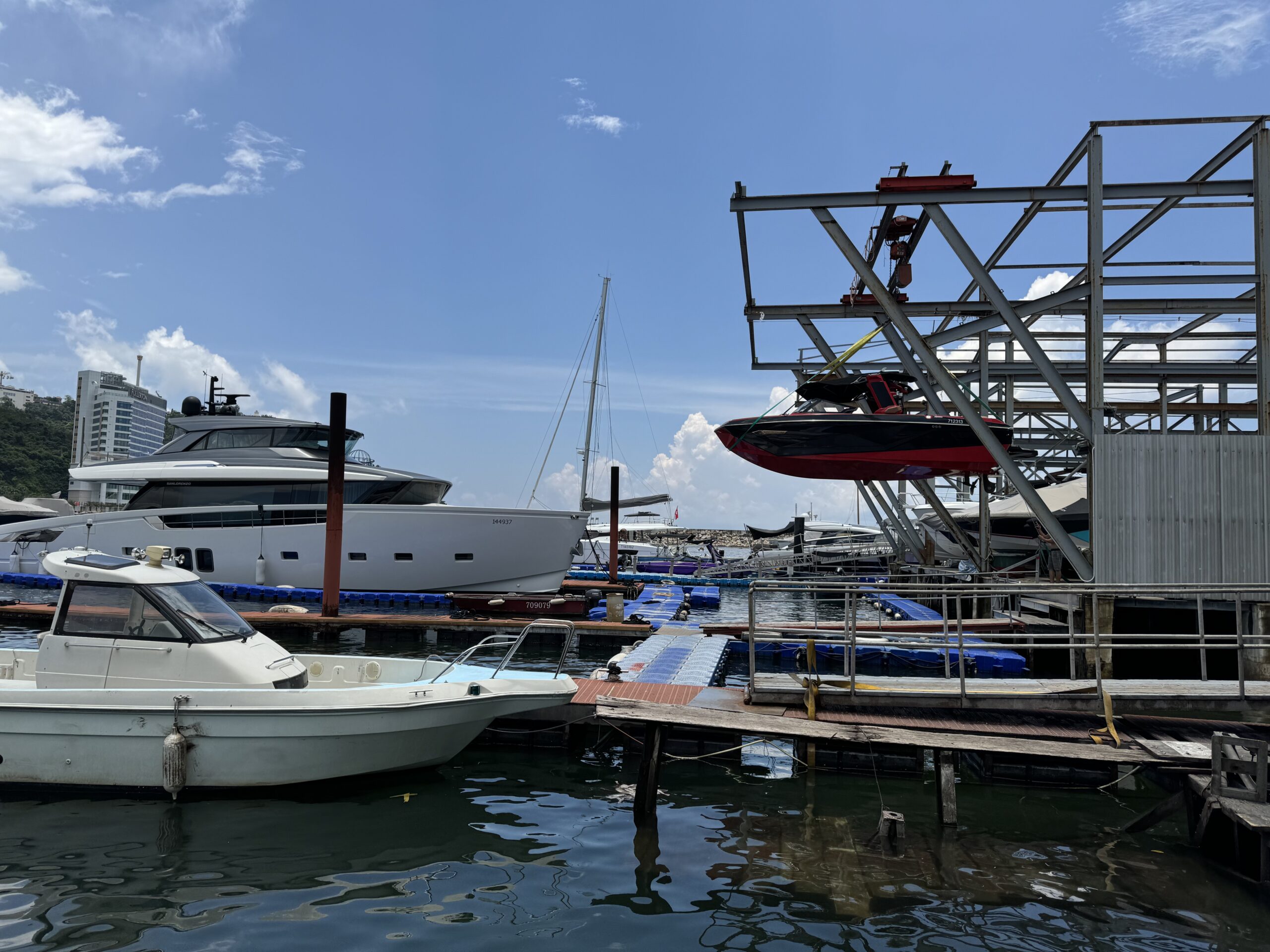Buying a boat for the first time but don’t know where to start? Afraid of stepping on a pit or being deceived? This article will start with the key points and give you honest advice on how to buy.
introduction
The purpose of this article is to provide a detailed guide to buying a boat, covering needs analysis, budget planning, market value assessment, ship condition inspection, brand selection, engine maintenance and long-term intent consideration. Each section is expanded with helpful advice, data support, and image aids to help readers make informed choices. The following is based on multiple trusted sources, such as Discover Boating, Bankrate, and JD Power, to ensure that the information is accurate and useful.
Next, this article will provide advice on buying a boat from seven different perspectives:
1. Be clear about your needs
The first step in buying a boat is to determine its main purpose, which directly affects the choice of ship type. About 70% of boat owners choose multi-purpose boats for family fun and fishing. Different activities have different demands on boats, such as:
– Fishing: Suitable for fishing boats, such as aluminium dinghies with stability, storage space and rod locks, suitable for freshwater lakes. These boats are usually 15-20 feet and fit 2-3 people.
– Cruising & Overnight: Yachts that require cabins and space, such as catamarans or yachts, offer kitchens, bedrooms and air conditioning for long journeys. The Cabin Cruiser is suitable for saltwater conditions, and the deep V bottom ensures stability.
– Day yachts: such as outboard motor boats, open deck space for water skiing, snorkeling, suitable for inland lakes, capacity of more than 8 people.
Practical advice: Consider where to use it (inland lake or ocean) and the number of passengers. Inland lakes are suitable for shallow draft boats such as inflatable boats, while oceans require more stable boats such as yachts. Large lakes may require larger boats to cope with the waves.
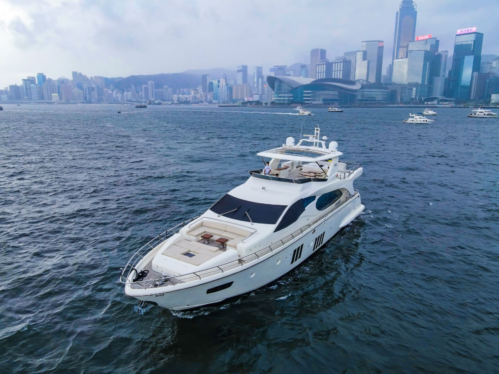
2. Budget is key
It is crucial to determine the initial purchase cost and the ongoing costs of owning a vessel. The annual maintenance cost is usually 5-15% of the vessel price (depending on the type of vessel), for example a $20,000 boat costs about $2,000 per year to maintain.
Other fees include:
Terminal berthing fees: $55/ft per month and above, $10-$20/ft per month for onshore stacks, and $120-$660/ft per year (varies by geography).
Insurance: about 1.5% of the ship price, such as $20,000 for $300 per year.
Fuel costs: A motor boat can exceed $300 for a 5-hour voyage, with an average of $3,000 per year (yachts).
Winter protection: Protects boats from seasonal damage, cost varies by region.
Practical advice: Consider chartering programs (e.g. VOY yacht sharing) to offset some of the costs, which can be up to $5,000 per year, with funds set aside for emergency repairs, about 5-10% of the vessel’s price.
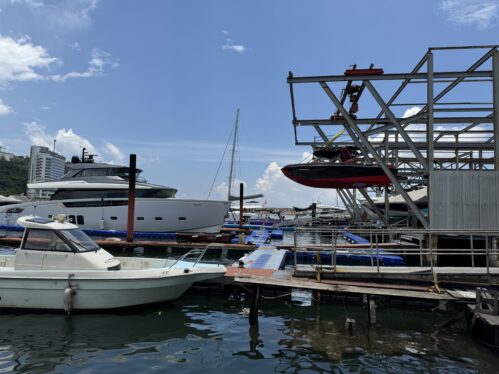
3. Understand market value vs. depreciation
New ships depreciate quickly, especially competing with factory sales, and 3-5 year old ships are usually sold at a 30% discount from the original price, which is cost-effective. A 10-12 year old ship that has undergone a major overhaul (e.g. an engine refurbishment, which costs US$5,000) is worth a lot, but a non-refurbishment can be costly. Brands affect the depreciation rate, for example, Benetti retains about 60% of its value after 5 years, while unknown brands may drop to 40%.
| Age of the ship | Depreciation rate | Potential problems | suggestion |
| 3-5 years | 30% | Less, nearly new | Preferred, easy to resell |
| 8-12 years | Sight refurbished | High risk of repair | Check the overhaul records |
| > has not been renovated for 10 years | high | Aging of engines and hulls | Discreet, costly |
Practical advice: Check historical sales records (e.g. YachtWorld) to avoid depreciating models too quickly, market fluctuations affecting prices.
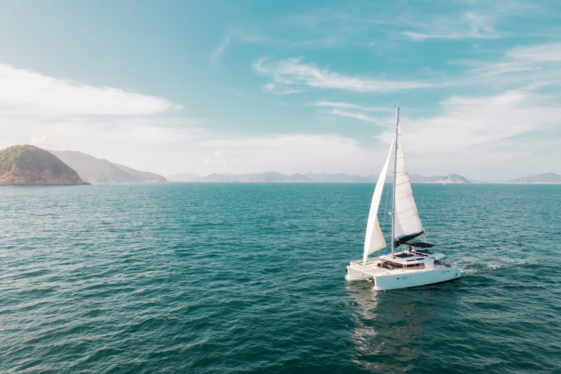
4. The condition of the ship is crucial
The condition of the vessel determines the long-term cost of ownership, especially for pre-owned vessels. It is recommended to hire a professional marine surveyor, which costs $15-25/ft, and the inspection items include:
- Hull: whether there are cracks, algae, whether the bottom of the boat is clean.
- Engine: The oil is clear and odorless, and the start is smooth and there is no abnormal noise.
- Electrical appliances: whether the lights, meters, and pumps are normal.
Turnkey boats are suitable for novices, do not require maintenance, and have a high price; Repairs to the vessel, such as replacing rotten floors, can cost $1,000-$3,000. First-time buyers are advised to choose a turnkey ship within 3-5 years to avoid a ship that has not been refurbished for more than 10 years, and there are many hidden problems in old ships.
Checklist :
| project | Check the focus | Potential costs |
| hull | Cracks, algae | Patching $1,000 |
| engine | Oil, start | $2,000-$5,000 for major maintenance |
| Electrical appliances | Lights, pumps | $500 replacement |
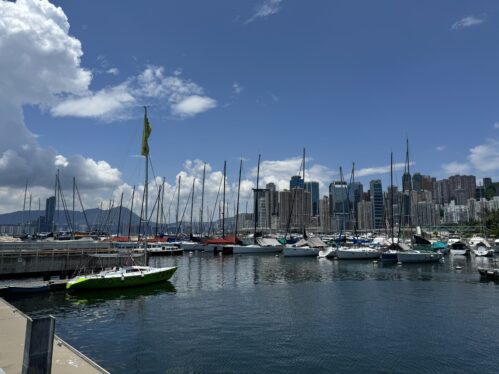
5. Consider the brand
Choosing well-known brands such as Westport, Benetti, Sunseeker, Azimut can help with resale value, especially in the U.S. market. These brands offer long-term parts support with low maintenance costs, such as Sunseeker’s 5-year ship maintenance fee accounts for about 5% of the ship’s price, and the lesser-known brands can reach 15%. However, if the price is favorable and the brand is secondary, small producers can be considered.
Practical advice: check brand reviews to avoid models that frequently appear on the market, which may have design flaws and are difficult to resell. If you have a good budget, you can choose mainstream brands.

6. Engine
Diesel engines can last up to 10,000 hours, and the number of hours is important but not critical, and recent maintenance is even more important. A 5,000-hour ship that has just completed 1,000 hours of major maintenance may be better than a 1,000-hour ship that requires upcoming major maintenance ($2,000-$5,000). Check the oil and filter to make sure there is no odor.
Practical advice: Prioritize ships that have recently completed maintenance, ask for maintenance records, and condition is better than hours.
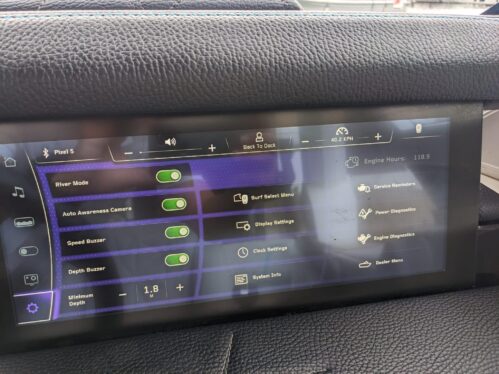
7. Understand your long-term intentions
Consider whether to upgrade in the short term or hold for the long term. If you plan to upgrade in the short term, you can choose a 3-5 year ship, which is easier to resell after depreciation; For long-term holding, the ship will be refurbished within 10 years to reduce future maintenance costs. Rentals, such as Airbnb Boats, can offset some of the costs and can earn $2,000-$5,000 per year.
Practical advice: Calculate the cost of ownership and potential benefits, and create a 5-year plan with a total annual cost of up to 20% of the ship’s price.
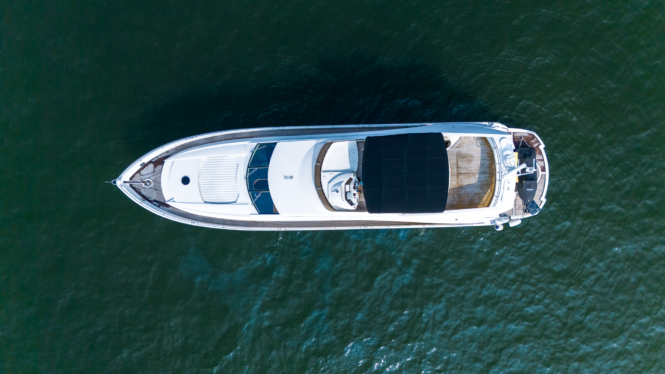
conclusion
Key takeaways :
1. When buying a boat, first identify the purpose (e.g., fishing, cruising, or day yachting) and think about how you will use the boat, such as for recreation, water sports, or overnight stays. The bigger the boat is not always better; The right boat is right for your specific needs. And consider the budget and long-term holding plan, which research has shown to reduce subsequent costs.
2. Ship price and annual expenses (e.g. maintenance, insurance) need to be taken into account, depreciation rate affects resale value, 3-5 year ships are usually discounted by 20-40%.
3. The condition of the ship is crucial, it is recommended to hire an investigator to inspect, the turnkey boat is suitable for novices, brands such as Sunseeker, Azimut have high resale value.
4. Engine hours are not critical, diesel engine life can reach 10,000 hours, near-term maintenance is more important, and leasing business can offset some of the costs.
This guide covers all aspects of buying a boat, from needs analysis to long-term planning, to help readers reduce risk and enjoy life on the water. It is recommended to choose the appropriate ship type and brand based on the actual budget and usage habits.
For more information, yacht sales, berths and maintenance, please contact:
Whatsapp Contact: https://wa.link/9ut5br
WhatsApp:+85244249752
Voy/Boatmarket Official Phone: 59048455
📧 Email – enquiry@boatmarket.com.hk
Cite:
- Discover Boating Choosing the Right Boat Buying Guide
- A breakdown of the cost of owning a vessel at Bankrate
- JD Power Used Boat Buying Checklist
- Discover Boating Used Boat Buying Checklist
- Boats.com Boat evaluation and brand analysis
- AMSOIL Blog Considerations for buying a used boat
- Getmyboat Journal has a comprehensive guide to boats
- VOY Yacht Club

